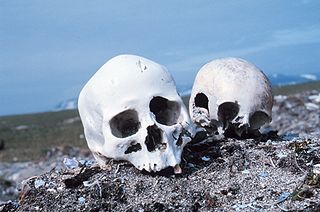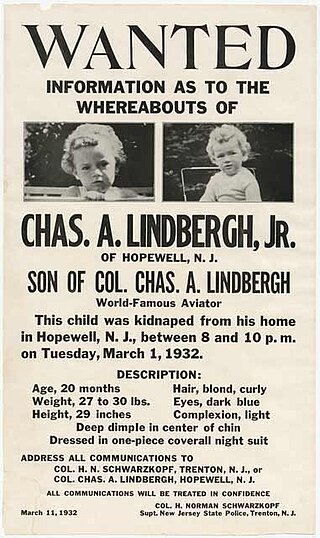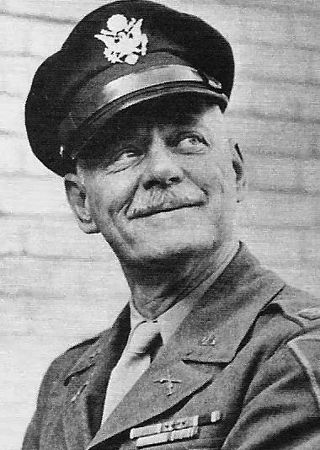
Forensic science, also known as criminalistics, is the application of science to criminal and civil laws, mainly—on the criminal side—during criminal investigation, as governed by the legal standards of admissible evidence and criminal procedure. Forensic Science is a broad field including a multitude of practices including those like DNA analysis, fingerprint analysis, blood stain pattern analysis, firearms examination and ballistics, drug chemistry, and others.

Forensic palynology is a subdiscipline of palynology, that aims to prove or disprove a relationship among objects, people, and places that may pertain to both criminal and civil cases. Pollen can reveal where a person or object has been, because regions of the world, countries, and even different parts of a single garden will have a distinctive pollen assemblage. Pollen evidence can also reveal the season in which a particular object picked up the pollen.
Chain of custody (CoC), in legal contexts, is the chronological documentation or paper trail that records the sequence of custody, control, transfer, analysis, and disposition of materials, including physical or electronic evidence. Of particular importance in criminal cases, the concept is also applied in civil litigation and more broadly in drug testing of athletes and in supply chain management, e.g. to improve the traceability of food products, or to provide assurances that wood products originate from sustainably managed forests. It is often a tedious process that has been required for evidence to be shown legally in court. Now, however, with new portable technology that allows accurate laboratory quality results from the scene of the crime, the chain of custody is often much shorter which means evidence can be processed for court much faster.

Bruno Richard Hauptmann was a German-born carpenter who was convicted of the abduction and murder of the 20-month-old son of aviator Charles Lindbergh and his wife Anne Morrow Lindbergh. The Lindbergh kidnapping became known as "The Crime of the Century". Both Hauptmann and his wife, Anna Hauptmann, proclaimed his innocence until he was executed in 1936 by electric chair at the Trenton State Prison.

On March 1, 1932, Charles Augustus Lindbergh Jr., the 20-month-old son of aviators Charles Lindbergh and Anne Morrow Lindbergh, was abducted from his crib in the upper floor of the Lindberghs' home, Highfields, in East Amwell, New Jersey, United States. On May 12, the child's corpse was discovered by a truck driver by the side of a nearby road.

Forensic dentistry or forensic odontology involves the handling, examination, and evaluation of dental evidence in a criminal justice context. Forensic dentistry is used in both criminal and civil law. Forensic dentists assist investigative agencies in identifying human remains, particularly in cases when identifying information is otherwise scarce or nonexistent—for instance, identifying burn victims by consulting the victim's dental records. Forensic dentists may also be asked to assist in determining the age, race, occupation, previous dental history, and socioeconomic status of unidentified human beings.

Herbert Norman Schwarzkopf was the first superintendent of the New Jersey State Police. He is best known for his involvement in the Lindbergh kidnapping case. He was the father of General Norman Schwarzkopf Jr., the commander of all Coalition forces for Operation Desert Shield/Storm.

Forensic linguistics, legal linguistics, or language and the law, is the application of linguistic knowledge, methods, and insights to the forensic context of law, language, crime investigation, trial, and judicial procedure. It is a branch of applied linguistics.
A rape kit or rape test kit is a package of items used by medical personnel for gathering and preserving physical evidence following an allegation of sexual assault. The evidence collected from the victim can aid the criminal rape investigation and the prosecution of a suspected assailant. DNA evidence can have tremendous utility for sexual assault investigations and prosecution by identifying offenders, revealing serial offenders through DNA matches across cases, and exonerating those who have been wrongly accused.

Trace evidence is created when objects make contact, and material is transferred. This type of evidence is usually not visible to the eye and requires specific tools and techniques to be obtained. Due to this, trace evidence is often overlooked, and investigators must be trained to detect it. This type of evidence can link a victim to suspects and a victim or suspect to the crime scene.
Forensic identification is the application of forensic science, or "forensics", and technology to identify specific objects from the trace evidence they leave, often at a crime scene or the scene of an accident. Forensic means "for the courts".

Arthur Koehler (1885–1967) was a chief wood technologist at the Forest Products Laboratory in Madison, Wisconsin, and was important in the development of wood forensics in the 1930s through his role in the investigation of the Lindbergh kidnapping. Koehler's particular research interest in the identification, cellular structure and growth of wood gave him the specific training and abilities necessary for the careful examination of the ladder which had been used by the abductor of Charles Lindbergh Jr., aged twenty months, and the tracing of the ladder to a company in McCormick, South Carolina. Koehler, from there, traced the wood of the ladder to a Bronx lumber yard.

Forensic biology is the application of biology to associate a person(s), whether suspect or victim, to a location, an item, another person. It can be utilized to further investigations for both criminal and civil cases. Two of the most important factors to be constantly considered throughout the collection, processing, and analysis of evidence, are the maintenance of chain of custody as well as contamination prevention, especially considering the nature of the majority of biological evidence. Forensic biology is incorporated into and is a significant aspect of numerous forensic disciplines, some of which include forensic anthropology, forensic entomology, forensic odontology, forensic pathology, forensic toxicology. When the phrase "forensic biology" is utilized, it is often regarded as synonymous with DNA analysis of biological evidence.

Forensic geology is the study of evidence relating to minerals, oil, petroleum, and other materials found in the Earth, used to answer questions raised by the legal system.
Forensic entomology deals with the collection of arthropodic evidence and its application, and through a series of tests and previously set of rules, general admissibility of said evidence is determined. Forensic entomology may come into play in a variety of legal cases, including crime scene investigation, abuse and neglect cases, accidents, insect infestation, and food contamination.
David Theodore Wilentz was the Attorney General of New Jersey from 1934 to 1944. In 1935 he successfully prosecuted Bruno Hauptmann in the Lindbergh kidnapping trial. He was the father of Robert Wilentz, Chief Justice of the New Jersey Supreme Court from 1979 to 1996, as well as Norma Hess, wife of Leon Hess, founder of Hess Corporation and Warren Wilentz

Forensic profiling is the study of trace evidence in order to develop information which can be used by police authorities. This information can be used to identify suspects and convict them in a court of law.
Rape investigation is the procedure to gather facts about a suspected rape, including forensic identification of a perpetrator, type of rape and other details.

Audio forensics is the field of forensic science relating to the acquisition, analysis, and evaluation of sound recordings that may ultimately be presented as admissible evidence in a court of law or some other official venue.
The Lindbergh Kidnapping Case is a 1976 American television film dramatization of the Lindbergh kidnapping, directed by Buzz Kulik and starting Cliff DeYoung, Anthony Hopkins, Martin Balsam, Joseph Cotten, and Walter Pidgeon. It first aired on the NBC network on February 26, 1976.











